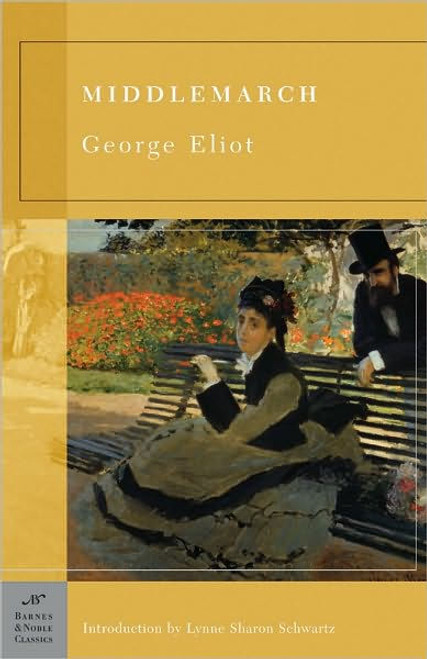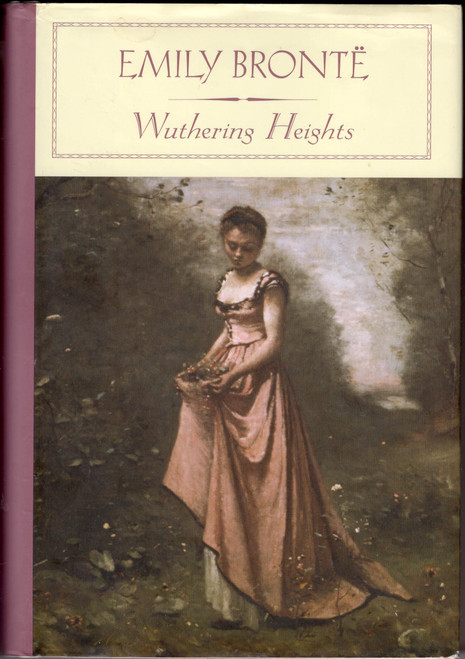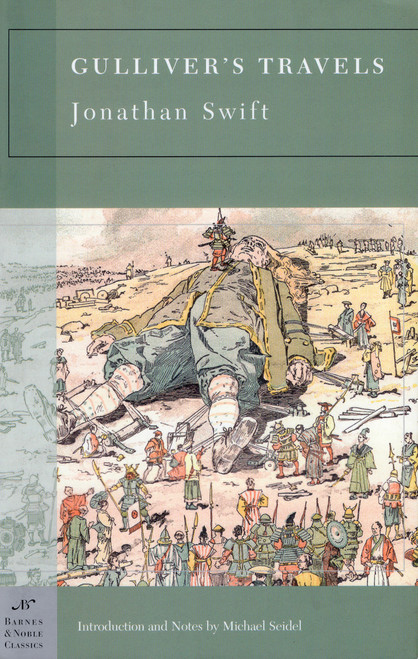If the “Roaring Twenties” are remembered as the era of“flaming youth,” it was F. Scott Fitzgerald who lit the fire. His semi-autobiographical first novel, This Side of Paradise, became an instant best-seller and established an image of seemingly carefree, party-mad young men and women out to create a new morality for a new, post-war America. It traces the early life of Amory Blaine from the end of prep school through Princeton to the start of an uncertain career in New York City.
Alternately self-confident and self-effacing, torn between ambition and idleness, the self-absorbed, immature Amory yearns to run with Princeton’s rich, fast crowd and become one of the “gods” of the campus. Hopelessly romantic, he learns about love and sex from a series of beautiful young “flappers,” women who leave him both exhilarated and devastated. Fitzgerald describes it all in intensely lyrical prose that fills the novel with a heartbreaking sense of longing, as Amory comes to understand that the sweet-scented springtime of his life is fragile and fleeting, disappearing into memory even as he reaches for it.
Introduction and Notes by Sharon G. Carson
About the Author
Author of the widely lauded novel The Great Gatsby, as well as This Side of Paradise, The Beautiful and the Damned, and Tender is the Night, F. Scott Fitzgerald is best known for chronicling the excesses and tribulations of the Jazz Age. One of the leading authors of the post-World War I "Lost Generation," Fitzgerald often invokes themes of youth, beauty, and despair in his books and short stories. He was also known for his hard-partying lifestyle, as well as his marriage to the beautiful yet troubled Zelda Fitzgerald.
Sharon G. Carson is Professor Emerita in the English Department at Kent State University, where she has taught for thirty-five years. She is the author of numerous articles and essays on modern and contemporary fiction.







